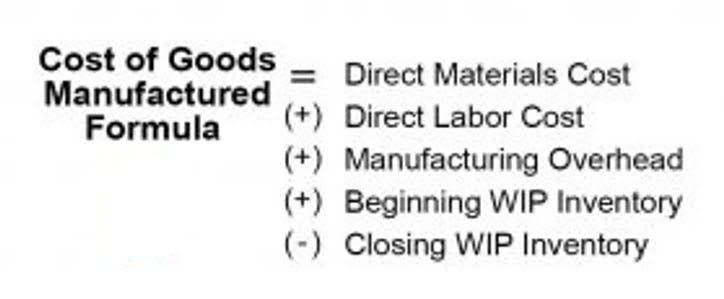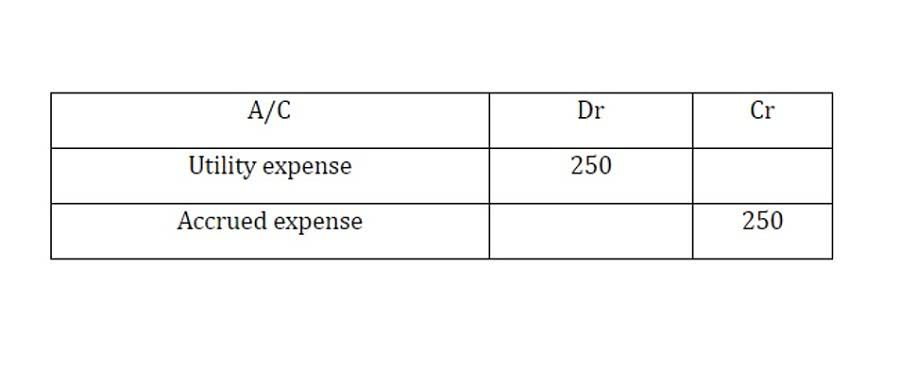What the Percent of Sales Method Is and How To Use It

Learn how to use the sales revenue formula so you can gauge your company’s continued viability and forecast more accurately. With a revenue of $60,000, she’s not running a corporation, but she should still expect to run into a small amount of bad debt expense. By looking over her records, she finds that for the month, her credit purchases come to $55,000 (with $5,000 cash). Liz’s final step is to use the percentages she calculated in step 3 to look at the balance forecasts under an assumption of $66,000 in sales. Next, Liz needs to calculate the percentage of each account in reference to her revenue by dividing by the total sales. Most businesses think they have a good sense of whether sales are up or down, but how are they gauging accuracy?

How much are you saving for retirement each month?
- Any fixed expenses — like fixed assets and debt — can’t be projected with the percent of sales method.
- Quickly surface insights, drive strategic decisions, and help the business stay on track.
- Those percentages are then applied to future sales estimates to project each line item’s future value.
- But you’re not done yet because you can have it apply the changes to the entire column when you update numbers.
- At Finance Strategists, we partner with financial experts to ensure the accuracy of our financial content.
- We’ll use her business as a reference point for applying the percent of sales method.
To determine her forecasted sales, she would use the following equation. The Percentage of Net Sales Method works by assigning a cost to each item in the ending inventory equal to the percentage of net sales realized from that item during the period. When an item is sold, it is given a cost equal to its assigned percentage multiplied by the total net sales for that period. Just like weather forecasters sometimes get it wrong, the percentage of sales method also has limitations. Determine the balances of the line items and calculate their percentages relative to your sales. It lets you look at past sales to make smart predictions for the future.
- Here are some of the reasons the percentage-of-sales method might not be for you.
- By looking over her records, she finds that for the month, her credit purchases come to $55,000 (with $5,000 cash).
- This helps businesses get a sense of their short-term financial outlook.
- Frank had a holiday hit selling disco ball planters online and he wants to know what his expenses and assets will look like if sales keep going up.
How to Use Regression Analysis to Forecast Sales: A Step-by-Step Guide
- But, using it along with other techniques can provide an even clearer picture of your business’s financial health.
- Plus, you’ll get some tips for good practices for your business.
- Especially when it comes to creating a budgeted set of financial statements.
- There are five basic steps to the percentage of sales method formula.
- The balance in this account will always be a function of a predetermined percentage of credit sales when the net-sales method is used.
- Then, they can utilize their accounting documents to find the figures.
- This data encompasses sales and all business expenses related to sales, including inventory and cost of goods.
He would then apply those percentages to $400,000, rather than the $250,000 from this year. Here are some of the https://www.bookstime.com/articles/financial-statements-for-banks reasons the percentage-of-sales method might not be for you. The best part of this method is it doesn’t need loads of data to work, just the prior sales and a calculator (or software, if you want to make life easier). It’s also useful for risk management as it helps anticipate any financial challenges on the horizon, giving companies enough time to change course or correct any errors. That’s what we’ll cover in this guide to the percentage-of-sales method.
Easy to compare across businesses
The percentage-of-sales method is used to develop a budgeted set of financial statements. Each historical expense is converted into a percentage of net sales, and these percentages are then applied to the forecasted sales level in the budget period. For example, if the historical cost of goods sold as a percentage of sales has been 42%, then the same percentage is applied to the forecasted sales level. The approach can also be used to forecast some balance sheet items, such as accounts receivable, accounts payable, and inventory. The percentage-of-sales method is a financial forecasting model that assesses a company’s financial future by making financial forecasts based on monthly sales revenue and current sales data. The percentage of sales method definition refers to businesses’ forecasting tools to predict multiple liabilities, expenses, and assets based on their sales data.
There are several advantages to using the percentage-of-sales method. First, it is a quick and easy way to develop a forecast within a short period of time. And second, it can yield high-quality forecasts for those items that closely correlate with sales. The percentage of receivables method is similar to the percentage of credit sales method, except that it looks at percentages over smaller time frames rather than a flat rate of BDE.


Because the percentage-of-sales method works closely with data from sales items, it’s not the best forecasting method for things like fixed assets or expenses. When you can quickly create sales forecasts, you can adapt to sudden storms. Leverage the percentage of sales method to get a clear vision of your percentage of sales method formula financial future so you can map strategies that work.

Mastering Sales Percentages for Success
It is also important to establish controls and procedures to prevent the manipulation of https://www.instagram.com/bookstime_inc sales figures. Additionally, it is recommended that companies periodically review their inventory costing methods to ensure that the Percentage of Net Sales Method continues to be the most appropriate for their needs. Based on this data, the debit to the uncollectible accounts expense is 2% of net credit sales of $1 million, or $20,000.
: Bookkeeping | Tags:
Vous pouvez suivre les prochains commentaires à cet article grâce au flux RSS 2.0

 Service commercial : 01 80 88 43 02
Service commercial : 01 80 88 43 02
Répondre
Désolé vous devez être connecté pour publier un commentaire.